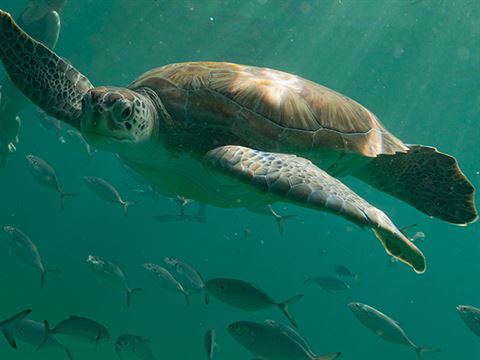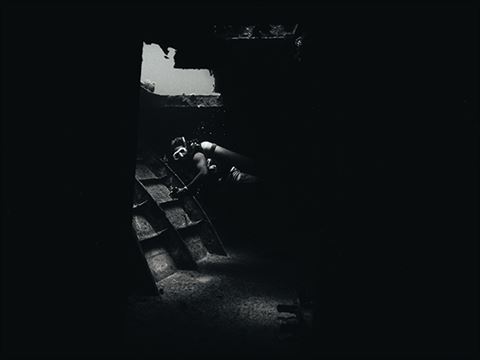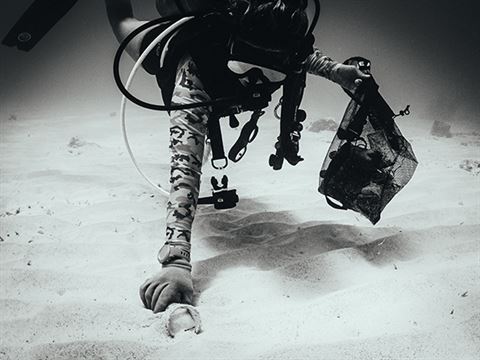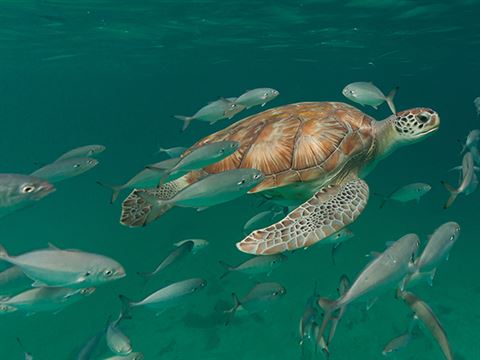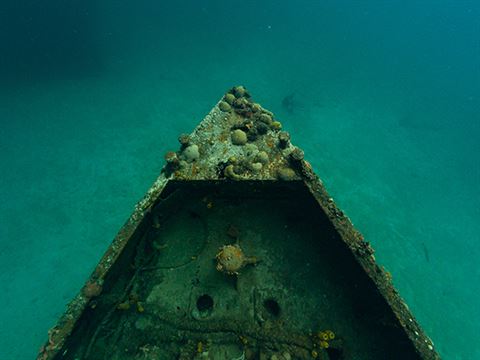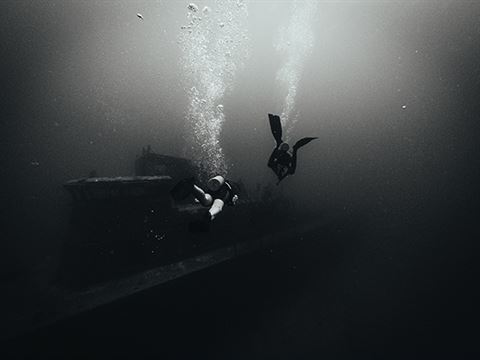INSPIRATION • December 2019
The top 10 must-dive sites for 2020
John Alexander specialised as a clearance diver in the Royal Navy for nearly two decades, plunging into the depths of the Pacific, Baltic, Atlantic, Arctic and more. Now an adventure and portrait photographer, we travel with him on a journey beneath the surface as he reveals his all-time favourite dives, perfect for beginners and pros
Kuredu Express, Kuredu, Maldives
My all-time favourite dive. We took a tiny seaplane from Malé to Kuredu, gliding over the patchwork of atolls and all that blue – such an epic experience in itself. The water is blissfully warm and the visibility is out of this world. Plus the staff at the Kuredu resort can literally turn you from a beginner to a Padi-certified pro. It’s funny, I’d spent a diving career seeking out all this wildlife and not always getting very far, then my wife, who doesn’t really dive, does one 45-minute snorkel here and ticks off everything in one go – lion fish, white-tipped reef sharks, the lot. Typical!
Poor Knights Islands, New Zealand
This is a little cluster of islands, around 30 minutes by boat from Tutukaka on New Zealand’s North Island. Fly into Auckland and drive up – you’ll find plenty of tour operators who’ll help you make the dive. French explorer and king of scuba, Jacques Cousteau, raved over Poor Knights Islands for their pristine waters and biological diversity, and I wasn’t disappointed. It was also the first time I’d ever seen manta rays – really special.
MS Zenobia, Cyprus
This famous wreck lies at a depth of between 16 and 40 metres, so if you’re a beginner, all you need to do is look upon it from 10-15 metres, while more experienced divers can head into the 30-40 metre range. At this point, you’ll find decrepit trucks chained to the deck. As a rule of thumb, the longer the wreck has been there, the more marine life you’ll find, so expect large groupers and barracudas, maybe even octopus and eels, and – for those with an eye for detail – nudibranchs, otherwise known as ‘sea slugs’.
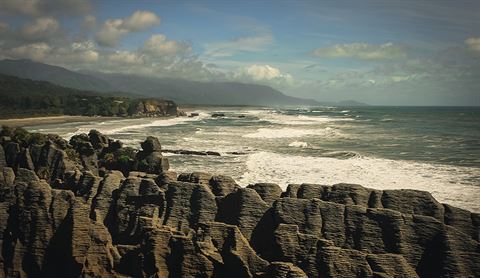
New Zealand has some of the best diving opportunities on the planet. Photo: John Alexander
Kuredu House Reef, Kuredu, Maldives
The Kuredo resort is so remarkable, I couldn’t resist giving it a second mention. The House Reef is on the doorstep of your accommodation and accessible at any time. While the earlier Express dive is a dream for the more advanced diver, the resort’s House Reef is more suitable for beginners. Expect small lemon sharks and a visual array of coral and colourful marine life – and, as with all Maldivian dives, the convenience of your bed still being within surprisingly easy reach!
Bajan Queen, Bridgetown, Barbados
A former party vessel, Bajan Queen is just one of several out-of-use ships purposely sunk to the seabed in Carlisle Bay. They’re protected by community divers to provide a haven for marine life as well as to stimulate tourism. There are a couple of shallow wrecks for snorkellers, while those who dive should not only find lovely bits of coral, but also turtles swimming around.
Okakari Point Marine Reserve, New Zealand
As cheesy as it sounds, the world’s friendliest fish live in Okakari Point marine reserve. New Zealand fisheries don’t over-fish or exploit; it’s so well controlled, and the fish just thrive here. This is why there are so many of them – it’s insane, they’re literally all over you. I’d almost say don’t bother diving, just snorkel, as you’ll get pretty much the same experience.
SS Thistlegorm, Sharm El Sheikh, Egypt
Helpfully, the more well known the wreck, the more accessible it is, so Thistlegorm is a site to tick off for those in Sharm El Sheikh. It’s a haven for history buffs – the British ship was sunk in 1941 after a German air attack, and is still filled with tanks, stacks of rifles and artillery shells. The motorbikes are pretty cool too. I was sceptical about this dive, wondering really how much could have been preserved, but it’s amazing how much is left down there.
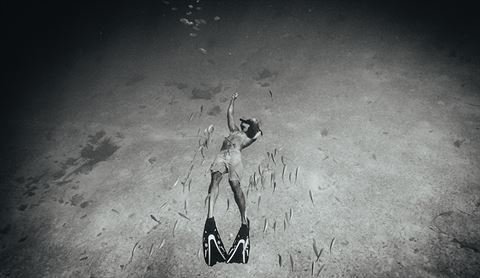
Swim amongst the fishes in the crystal clear waters of Barbados. Photo: John Alexander
Comino Caves, Gozo, Malta
Sometimes from a dive, you want the surroundings to be just as pretty as what’s beneath the surface, and that’s what you get with the Comino Caves. Divers can, occasionally, be too focused on the dive’s technical aspects, but for me it’s also about the before and after experience: What is a place like? How friendly are the people? Malta really lived up to the hype in this sense.
Mushroom Forest, Curacao
As the name implies, the Mushroom Forest is an underwater world of mushroom-shaped coral that lies across the seabed in almost mountainous heaps. The visibility is always pretty good, so it’s an amazing spectacle. And you’re in the Caribbean, so what’s not to like? Curacao is well worth your time, with a rich heritage and colourful buildings. All in all, very cool.
St Jacques, Le Morne, Mauritius
Mauritius is a huge diving destination for a reason. This particular dive on the south-westerly tip is one of the finest drift dives you can do. You go down to say, 10 metres, and then simply go with the current. You’re barely swimming; drift diving feels more like flying. It’s a really mellow kind of dive and you tend to cover quite a lot of ground. We stayed at the St Regis Mauritius Resort – a fancy, butler-adorned hotel, which certainly gave the trip a certain je ne sais quoi.
This article has been tagged Destination, Travel Tips
More from previous issues
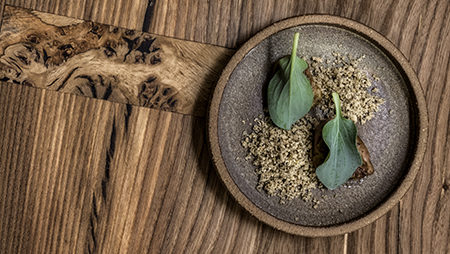
Seven of London’s most adventurous dining experiences
Hearts and rinds: London may have more restaurants than you could shake a fork at, but where do you go for something truly daring?

Travel things we love this month
The Club’s happy band of editors have a few tips up their collective sleeve to make work and travel far more rewarding – and hassle-free
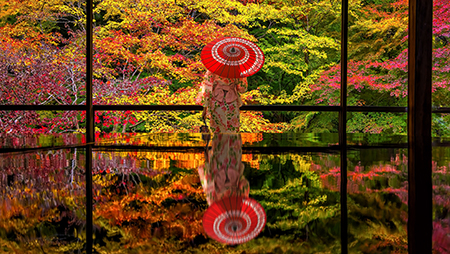
Adventures for the non-adventurous
Who says adventure has to be hard work? Our outdoors expert reveals the soft adventures that still pack a thrill
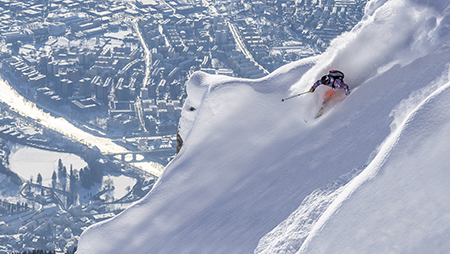
What’s new in the ski world for winter 2019
Follow us into the powder-soft slopes of North America, the Alps and Scandinavia, as our expert takes a look at what's hot in the world's coolest places

